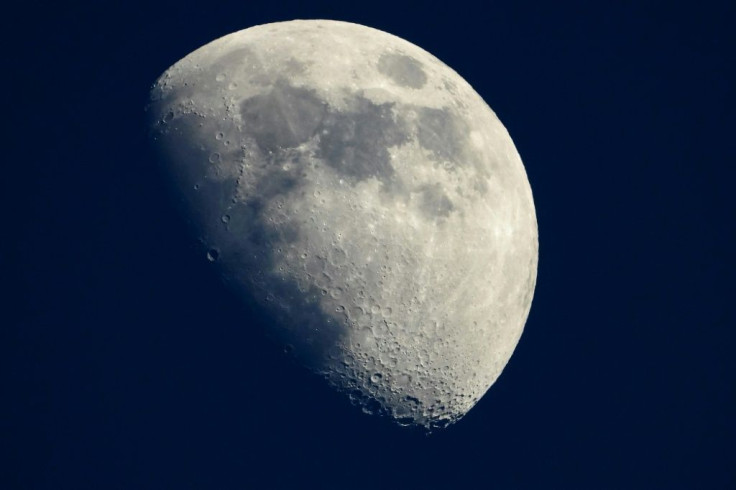Artemis Moon Mission Delays May Put It At Risk For 'Extreme' Space Weather
KEY POINTS
- Researchers found a pattern in "extreme" space weather events
- When they are more likely to happen may depend on whether the solar cycle is odd- or even-numbered
- Delays in the Artemis missions could push it to when "extreme space weather" could occur
The NASA-led Artemis mission aims to take humans back to the moon by 2024. Looking at 150 years of space weather data, a team of researchers found that delays to the mission could make it susceptible to "extreme" space weather.
Extreme space weather events are difficult to predict since they're quite rare, the news release from the University of Reading said. These extreme events stem from coronal mass ejections (CMEs) from the sun. When they happen, the plasma that erupts from our host star may reach the Earth and cause adverse impacts on space- and ground-based technologies. Astronauts in space may also be affected by solar activity, NASA said.
For their new study, published in the journal Solar Physics, a team of researchers had a closer look at these extreme space weather events. To do this, they looked at the 150-year record of global geomagnetic activity to see whether they also occur in a pattern. Moderate space weather events, for instance, are more likely to happen during a solar maximum, or the period of greatest solar activity, than during a solar minimum.
Odd- and even-numbered solar cycles
From looking at this vast data, the researchers found that extreme space weather events also follow the pattern for moderate events. What's more, they also learned that "the most extreme events" happen more frequently during larger solar cycles than smaller ones. Interestingly, extreme events tend to happen earlier in even-numbered solar cycles but later in odd-numbered solar cycles, according to their findings.
Solar cycles occur in an 11-year pattern. The one we're in began in 2019 and will persist until about 2030. This means that in the odd-numbered cycle we're currently in, Cycle 25, extreme space weather events would more likely happen later in the cycle, sometime between 2026 and 2030, the University of Reading noted.
"Putting the three 'rules' together allows the probability of extreme event occurrence for Solar Cycle 25 to be estimated, if the magnitude and length of the coming cycle can be predicted," the researchers wrote. "This highlights both the feasibility and importance of solar-cycle prediction for planning and scheduling of activities and systems that are affected by extreme space weather."
Timing space missions
Given the researchers' findings, they recommend taking the possibility of such extreme events into consideration when planning the timing for such missions. For instance, NASA's Artemis program aims to land humans on the moon by 2024. Delays in the Artemis mission could push it in the time frame when an extreme space weather event could occur.
In August 1972, a major solar eruption happened between the Apollo 16 and 17 missions. If the solar storm had coincided with the missions, it could've caused significant technical issues or health problems to the astronauts, the University of Reading noted. And in 2003, a major solar flare also caused damage to the Japanese Space Agency's Hayabusa spacecraft, CNET reported.
As such, the new information gathered by the researchers could help set the safe timing for space missions.
"Until now, the most extreme space-weather events were thought to be random in their timing and thus little could be done to plan around them," Professor Mathew Owens, study co-author and space physicist at the University of Reading, said in the university news release.
"These new findings should allow us to make better space weather forecasts for the solar cycle that is just beginning and will run for the decade or so. It suggests any significant space missions in the years ahead – including returning astronauts to the Moon and later, onto Mars – will be less likely to encounter extreme space-weather events over the first half of the solar cycle than the second," he added.

© Copyright IBTimes 2025. All rights reserved.






















